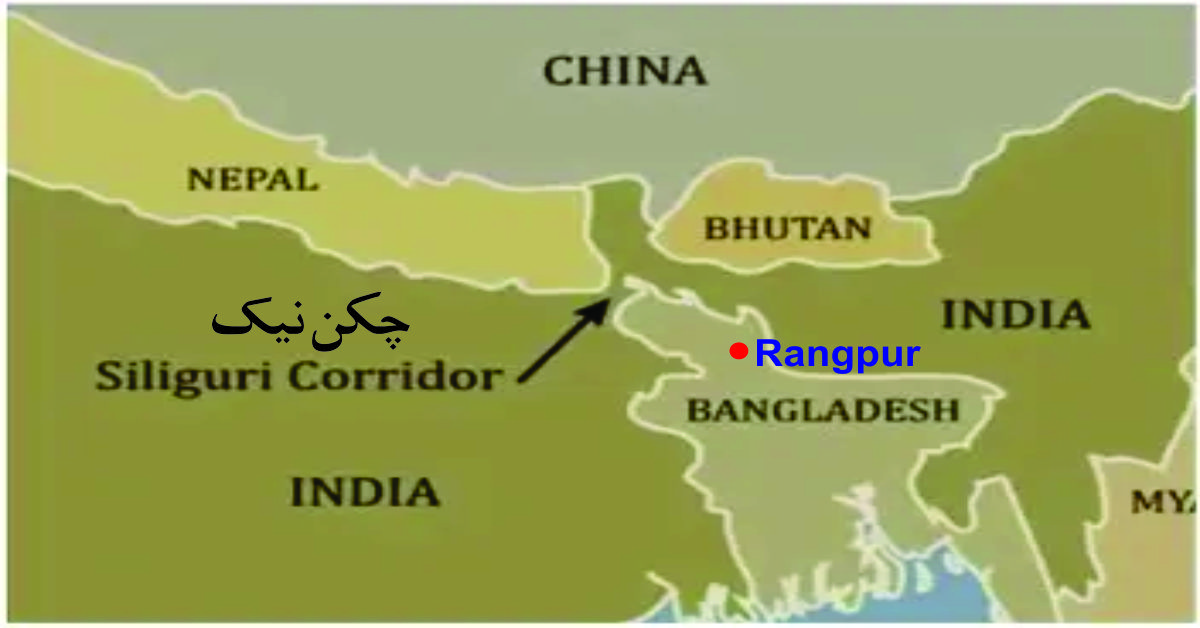Why is the Siliguri Corridor India’s Achilles’ Heel?

Achilles’ heel is a famous English idiom, meaning “a weakness in something that is otherwise strong or powerful.”
The phrase originates from Greek mythology. Achilles was a great warrior whose entire body was invincible. When he was a child, his mother bathed him in mythical waters to make him undefeatable.
However, since she held him by the heel, that part remained dry. It became his only vulnerable spot. During a battle, Achilles was struck by an arrow in the heel and was killed.
Due to the growing alliance between China, Pakistan, and Bangladesh, India’s eastern borders have become vulnerable.
Why is Siliguri Corridor so Important for India?
The Siliguri Corridor, also known as the Chicken’s Neck, is a narrow strip of land just 22 kilometers wide. It is the only route connecting India’s northeastern states to the rest of the country. Any attack on this corridor could sever the eastern part of India.
Last month, a meeting was held in Kunming, China, between Pakistan, China, and Bangladesh. Discussions took place on forming a new regional alliance.
Bangladesh is reactivating an old airbase in the Lalmonirhat district of the Rangpur Division with China’s assistance. This airport is located just about 15 kilometers from the Indian border and only 135 kilometers from the Siliguri Corridor.
India’s Chief of Defence Staff General Anil Chauhan has pointed to this very threat. Speaking at the launch event of the Observer Research Foundation (ORF) Foreign Policy Survey 2024, he said:
“The interests of China, Pakistan, and Bangladesh are interlinked, and this could affect regional stability.”
